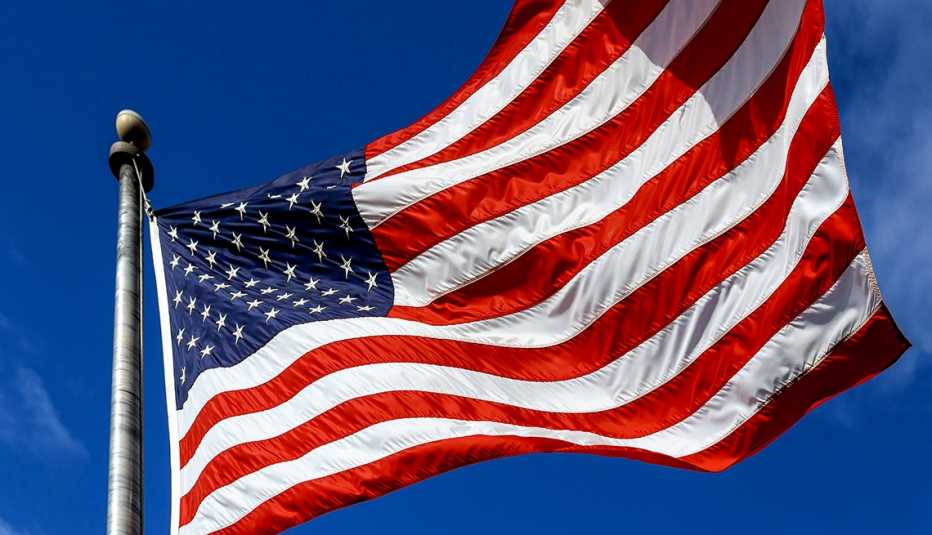Staying Fit


The American flag has evolved over time along with the nation. The first official red, white and blue flag bearing 13 stars and 13 stripes debuted in 1777. Today's familiar 50-star flag dates back to 1960, the year after Alaska and Hawaii became states. Legends and misconceptions about the flag have also evolved over time. Here's a closer look at 11 myths about the American flag and the truth behind each of them.


AARP Membership— $12 for your first year when you sign up for Automatic Renewal
Get instant access to members-only products and hundreds of discounts, a free second membership, and a subscription to AARP the Magazine.
Myth #1: The flag has always had stars and stripes
America's earliest flags did not have stars and stripes. A flag used in 1775, for example, did have stripes, but it displayed the British Union Jack crosses in the canton, the top left corner of the flag that's also known as the union. The primary use of a national flag at that time was for naval ships to be able to recognize each other.
Congress didn't adopt the flag with 13 stars and 13 stripes as the official U.S. flag until 1777.
Myth #2: Betsy Ross created the first American flag
The familiar story of George Washington walking into a shop and asking Betsy Ross to sew a flag originated with William Canby, a grandson of Ross, said Peter Ansoff, president of the North American Vexillological Association, a group devoted to the study of flags. Canby presented his tale with little supporting evidence to the Pennsylvania Historical Society in 1870, nearly a century after the original flag was created. He claimed Ross told him the story right before her death in 1836, when he would have been around 11 years old.
"Obviously, he was still a youngster at the time, and he was writing this much later than that,” Ansoff said. “There are many discrepancies in the story — some things that just don't make sense."


































































More From AARP
8 Tips for Properly Displaying the American Flag
Celebrate July Fourth by raising the Stars and StripesStories From People Who Became Witnesses to History
From the assassination of John F. Kennedy to the death of a princess, these ordinary people lived through extraordinary events
What Do You Know About the Fourth of July?
Take our America's birthday quiz and find out.